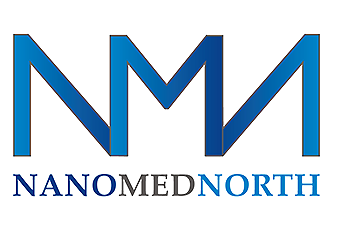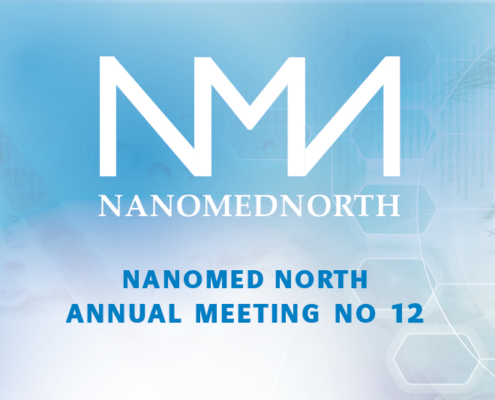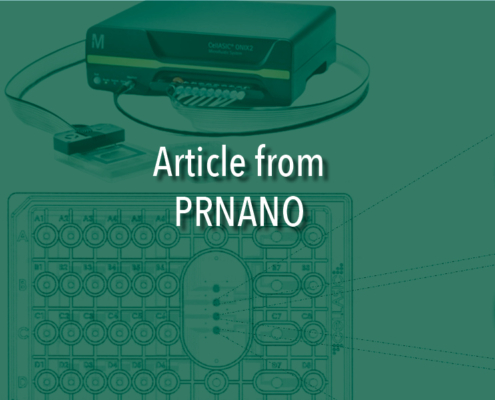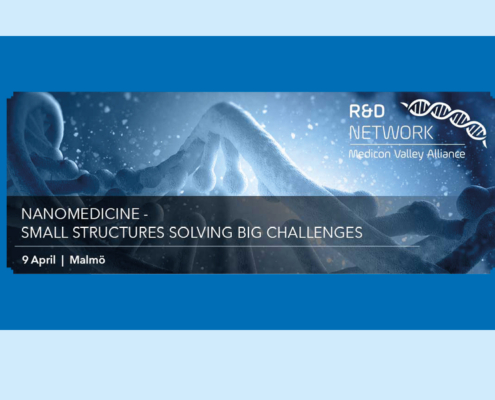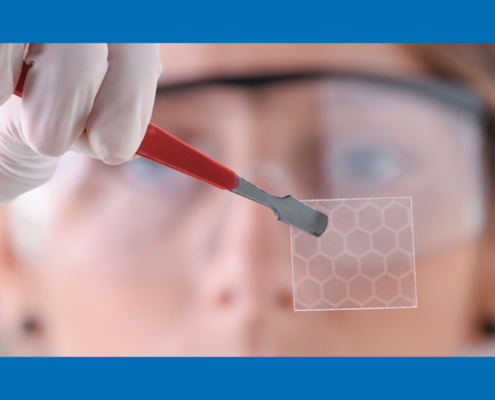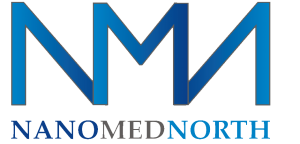The ambition of the NanoMedNorth Consortium
is to provide a powerful network between its members and other organizations sharing the enthusiasm for the development of nanomedicine.
Members have an interest in, and through dedication and expertise work for a positive development of nano-medicine.
If you wish to join NanoMed North click the button below
